Impact Stories
Multi-stakeholder collaboration for improvement in the U.S. Gulf shrimp fishery
Broad cooperation, industry leadership, trust building, and science come together to achieve a historic milestone for a U.S. fishery.
SFP began working in the U.S. Gulf of Mexico fishery in 2008, initiating the first fishery improvement projects (FIPs) in the region. Over the following 15+ years, the shrimp industry, management agencies, and NGOs worked diligently together to improve practices in the fishery, the largest shrimp fishery in the United States. In 2024, years of collaboration, trust building, industry leadership – and a lot of patience and persistence – culminated in the fishery being the first in the world to be certified to the Responsible Fisheries Management (RFM) Standard.
A timeline of fishery improvements in the U.S. Gulf
Building trust and capacity to support fishery-wide change
2008-2013: Due to the interest of several of our buyer partners, SFP launches three fishery improvement projects (FIPs) in the U.S. Gulf of Mexico: Florida Pink Shrimp (2010), Texas Shrimp (2012), and Louisiana Shrimp (2013). The FIPs address issues such as bycatch, TEDs (turtle excluder devices), inspection and compliance, and state management plans.
2011: SFP organizes a buyer tour of the Gulf region for SFP partners, visiting potential FIP participants in Alabama and Louisiana with retailers and distributors, to demonstrate their support for FIPs.
2013: The Louisiana Shrimp FIP works with the Louisiana Department of Wildlife and Fisheries to develop and publish a Shrimp Fishery Management Plan.
2014: The Florida Pink Shrimp FIP, Texas Shrimp FIP, and SFP commission a bycatch status study, using government and private data, to identify the main bycatch species, evaluate their status, and determine if there is a correlation between shrimp fishing and the status of bycatch populations.
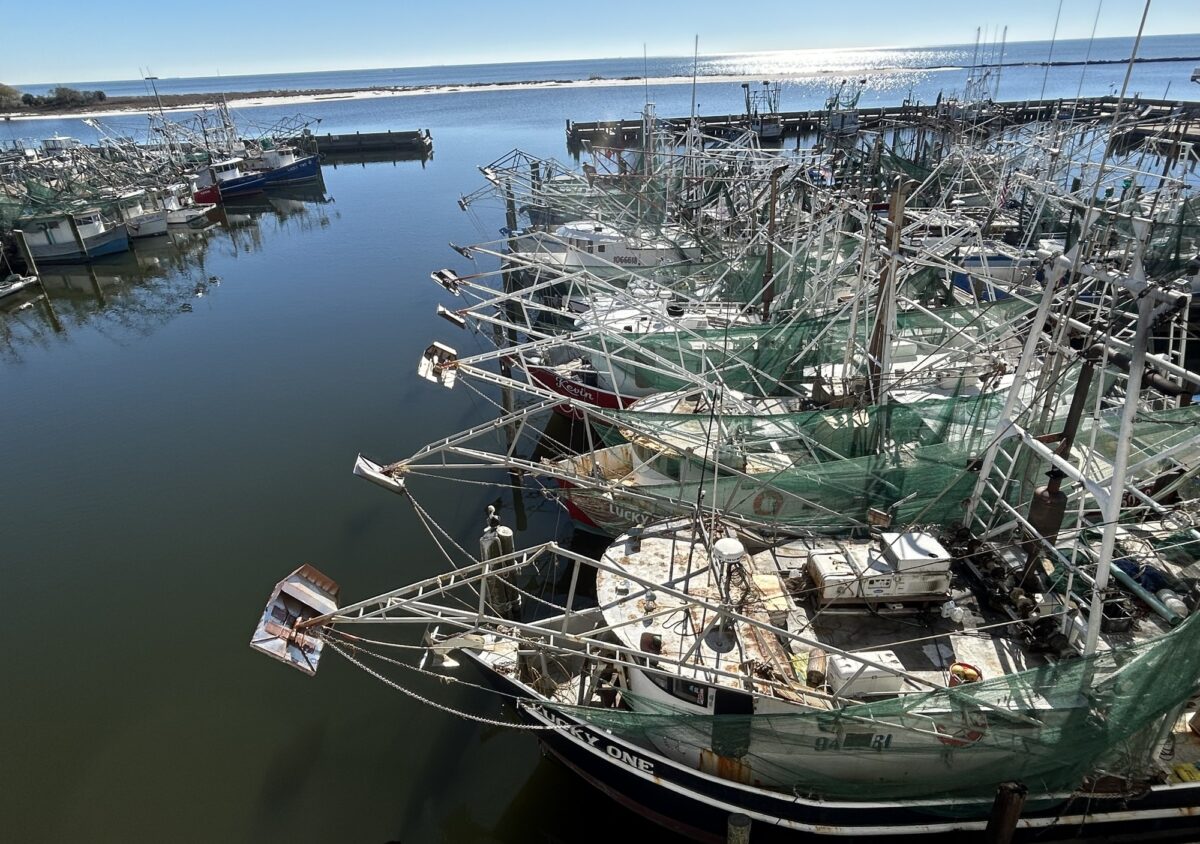
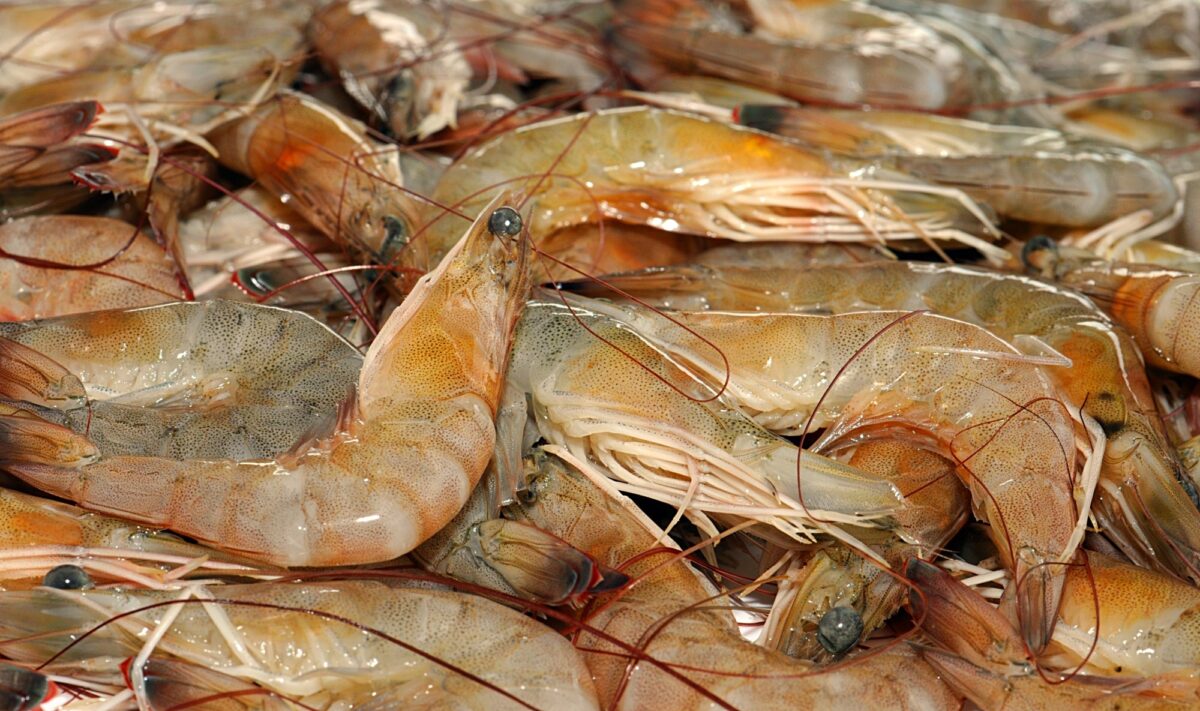
Transitioning to industry leadership
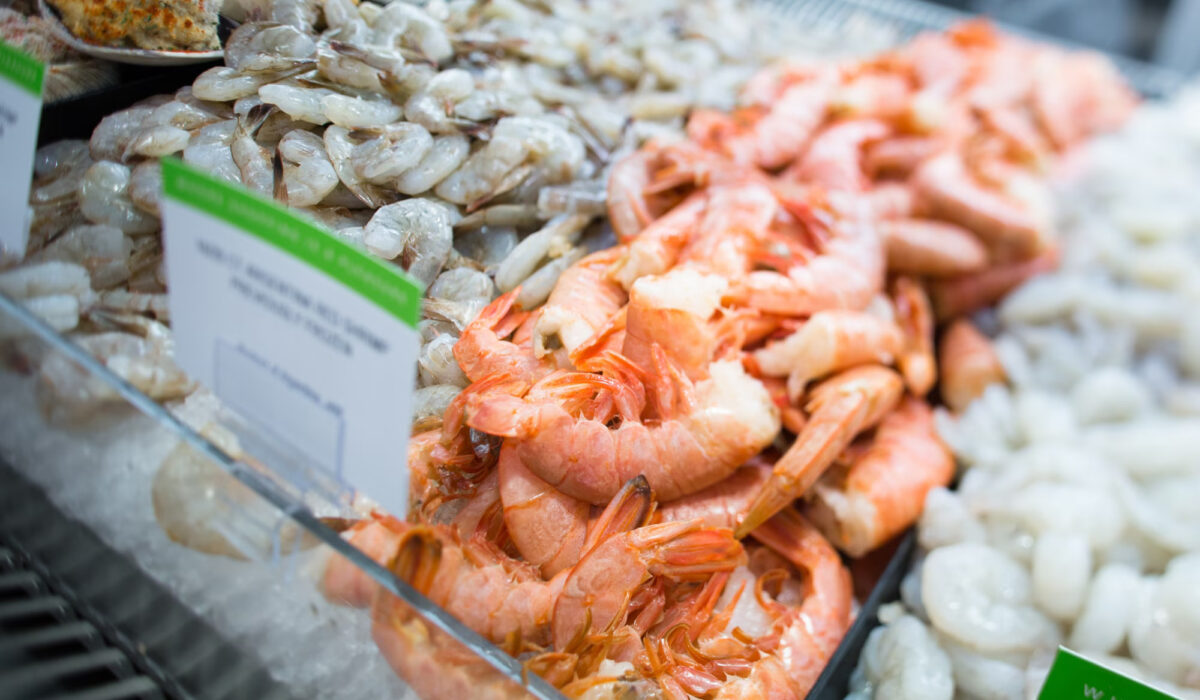
2014: As a first step in transitioning FIPs to industry leadership, SFP launches the U.S. Gulf of Mexico Shrimp Supply Chain Roundtable, to provide a platform for mid-supply chain companies to monitor FIP activity and work together to address overarching issues in the region.
2014: Wood’s Fisheries launches a FIP to cover Florida brown and white shrimp, as well as pink.
2014: Leadership of the Florida Pink Shrimp FIP transitions from SFP to Cox’s Wholesale Seafood.
2015: Leadership of the Louisiana Shrimp FIP transitions from SFP to the Audubon Nature Institute.
2015: SFP releases a bycatch report that includes recommendations to catchers and regulators engaged in shrimp fisheries to reduce bycatch.
2016: Leadership of the Texas Shrimp FIP transitions from SFP to the Audubon Nature Institute.
2016: The Audubon Nature Institute launches FIPs in the Mississippi and Alabama shrimp fisheries. All five U.S. state Gulf shrimp fisheries are now covered by FIPs.
Focusing on bycatch
2016-2017: While the FIPs continue to address local management and compliance issues, the U.S. Gulf of Mexico SR focuses on fishery-wide bycatch issues. The SR engages in dialogue with NOAA on the observer program and funds a workshop to discuss barriers to certification. Participants identify precision and verifiability of observer coverage and lack of recent and systematic full characterization of bycatch as the principal barriers, and agree to work together to resolve these issues.
2020: At the request of the SR, the American Shrimp Processors Association (ASPA) funds an Observer Data Verification Project to compare shrimp catch per unit effort (CPUE) data from the electronic logbook program and the observer program, to validate the accuracy of observer data.
2020-2021: SFP, the SR, LGL Ecological Research Associates, and Texas Sea Grant implement a bycatch characterization project with funding from the Saltonstall-Kennedy grant program. The SR sends letters to 400 vessels encouraging their participation in the study.
2021: Publication of these two reports on observer data and bycatch characterization removes the final barrier to certification.
2021: The U.S. Gulf of Mexico Shrimp SR becomes the first 100% industry-funded SR.
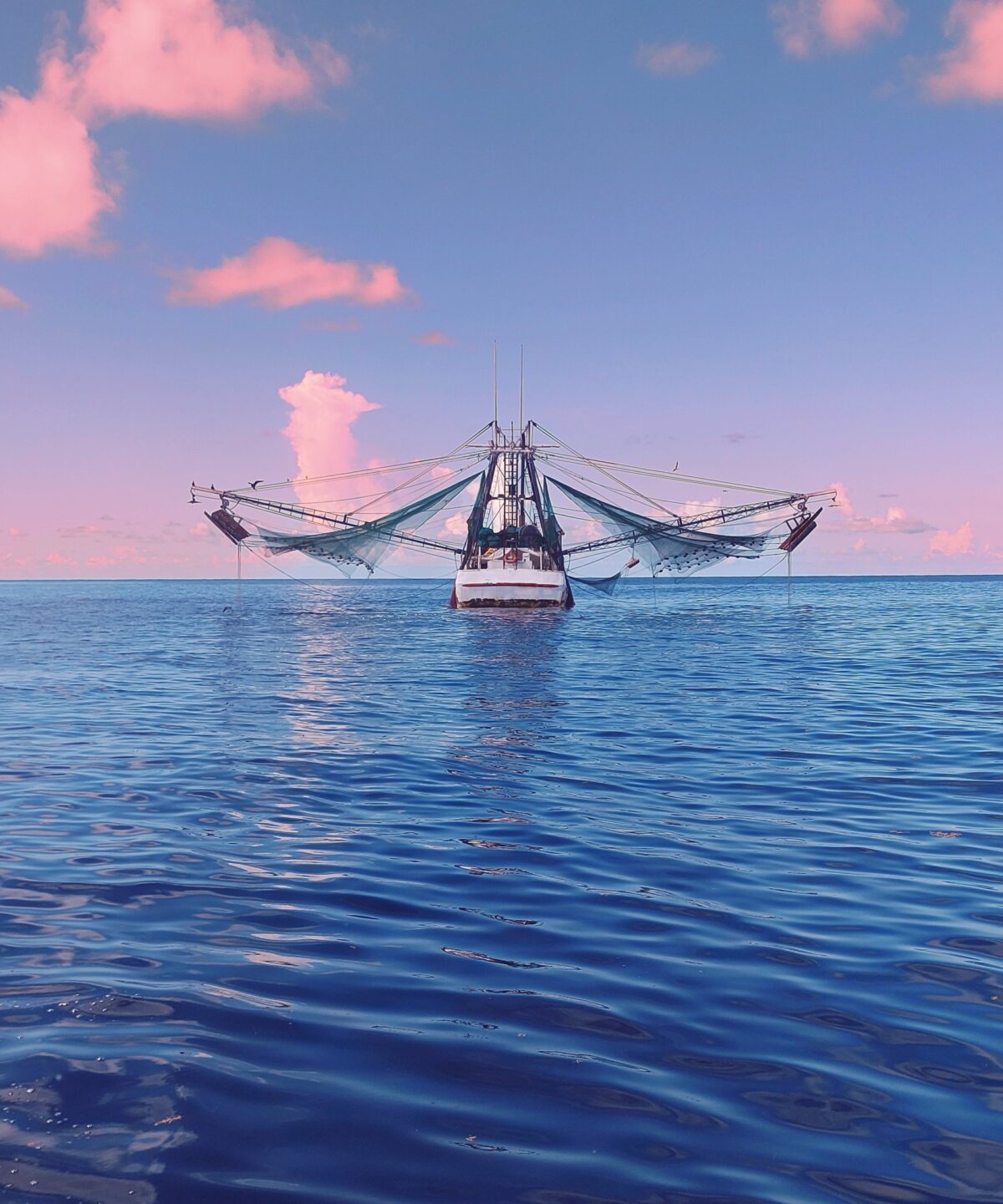
Achieving certification
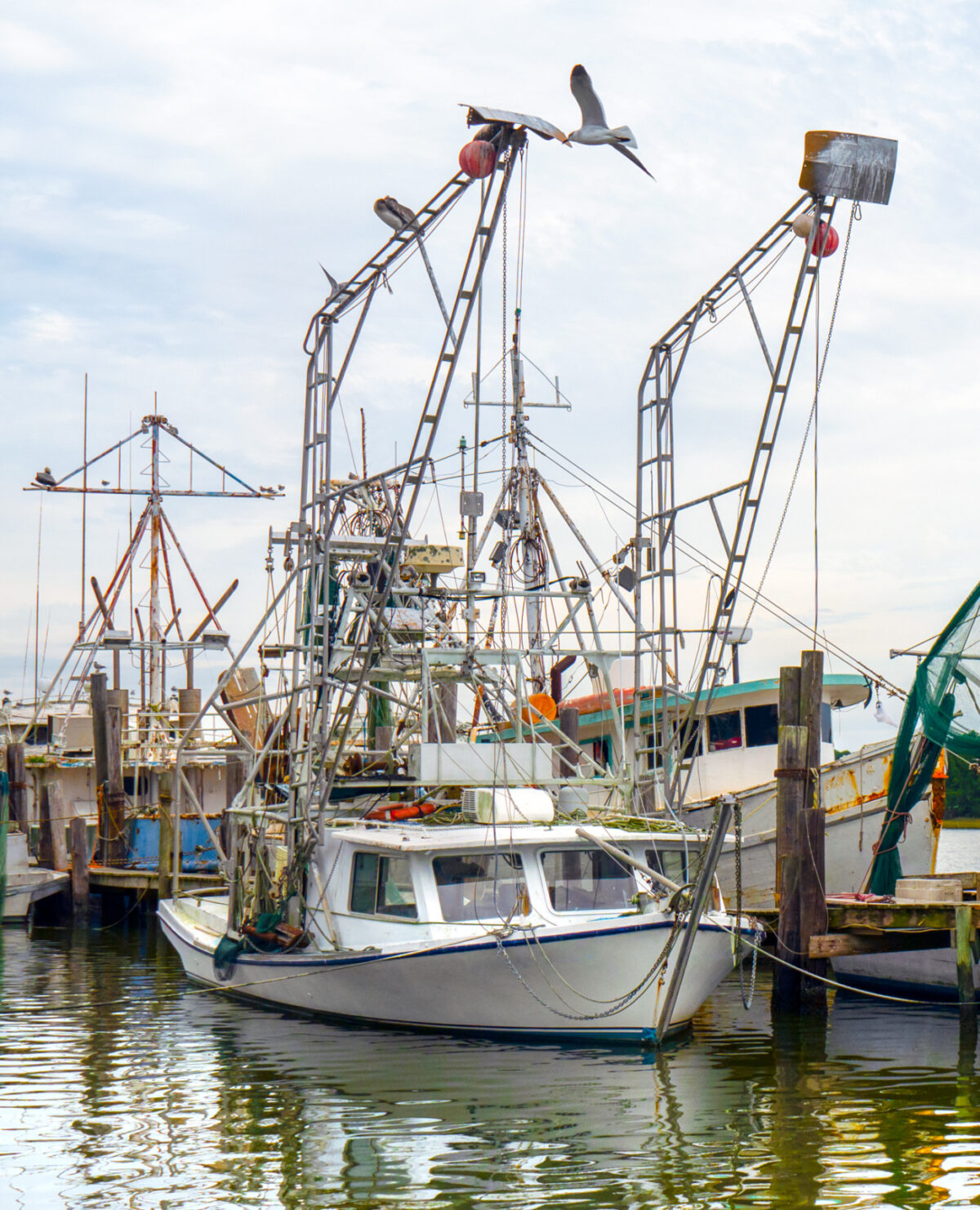
2022: The FIP and SR participants agree that enough sustainability issues have been resolved to enable them to enter the fishery into eco-certification assessments. ASPA agrees to serve as the client group for the process and pay for the initial assessment work.
2023: ASPA enters the fishery into sustainability assessments under both the Marine Stewardship Council (MSC) and Certified Seafood Collaborative Responsible Fisheries Management (CSC RFM) certification programs.
2024: In July, the U.S. Gulf shrimp fishery is awarded Responsible Fisheries Management (RFM) Certification, the first shrimp fishery in the world certified to the RFM Standard.
2024: In August, ASPA withdraws from the MSC full assessment process to focus resources on the RFM certification.
2025: The role of the US Gulf Shrimp SR is fully transitioned to ASPA, which hires SFP as a sustainability advisor to help maintain certification.
“This certification is a testament to the collective work of broad and diverse organizations and people throughout the Gulf of Mexico region, and to the shrimp industry and fishery managers’ efforts and commitment to long-term health of the fishery and ecosystem.”
– Megan Westmeyer, Deputy Supply Chains Director, SFP
“This has been a long but fulfilling journey. From the early days of working with SFP to build the Texas and Florida shrimp FIPs, to undertaking solo industry leadership of the Florida shrimp FIP, and on to the cooperative work with many of our competitors through the Gulf of Mexico Shrimp Supply Chain Roundtable, we recognize that none of us could have done this alone.”
Nancy Mathews, Cox’s Wholesale Seafood
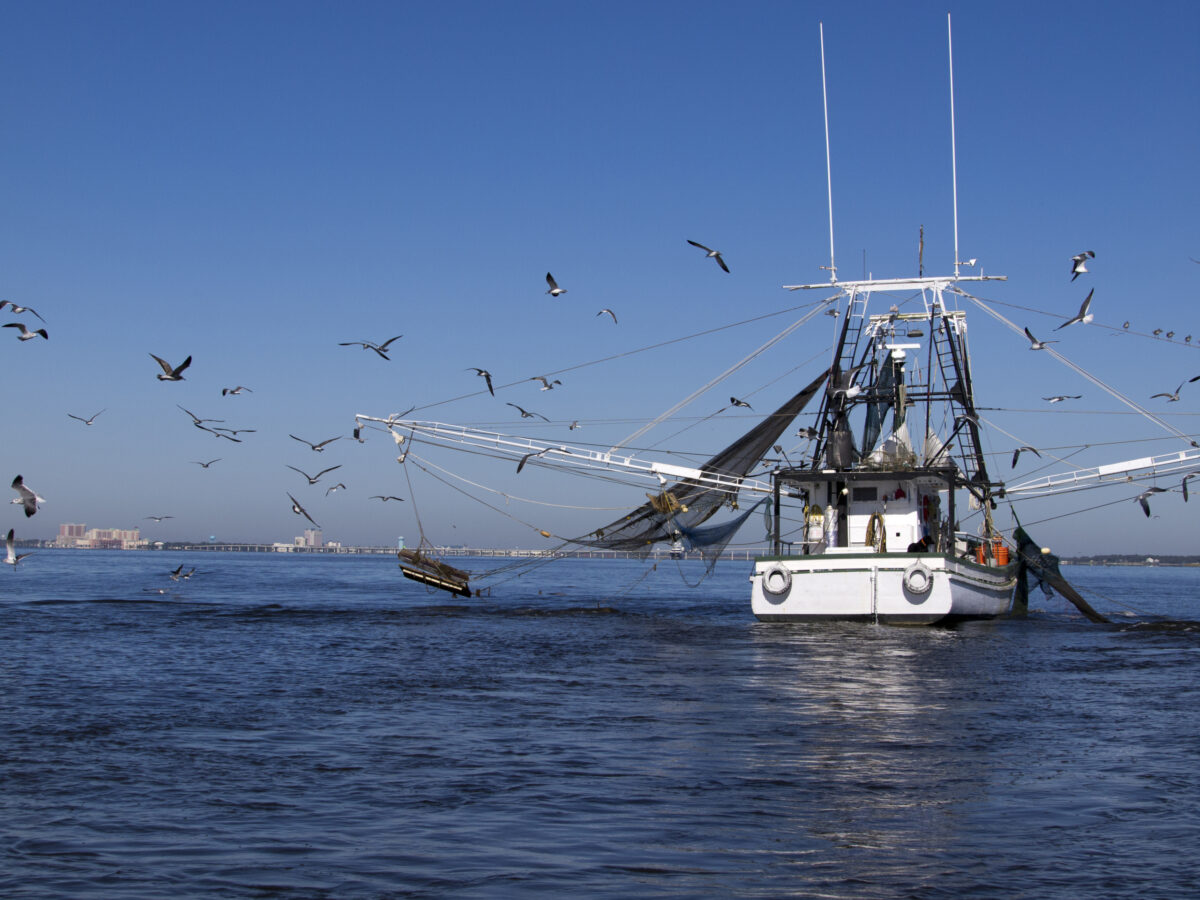
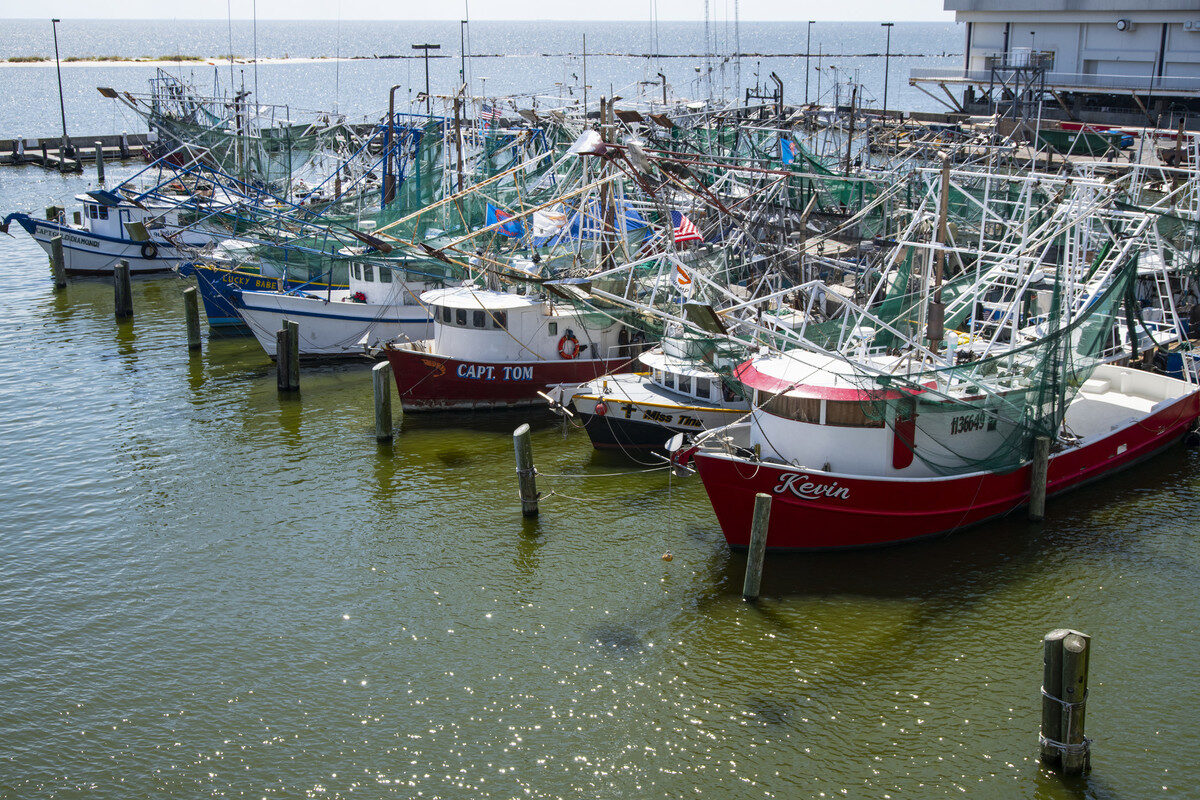
- Bama Sea Products
- Bayou Shrimp Processors, Inc.
- Big Easy Foods
- Biloxi Freezing & Processing Inc.
- Cox’s Wholesale Seafood
- Dominick’s Seafood Inc.
- Gulf Pride Enterprises
- JBS Packing Inc.
- Paul Piazza & Son, Inc.
- Philly Seafood
- Wood’s Fisheries
